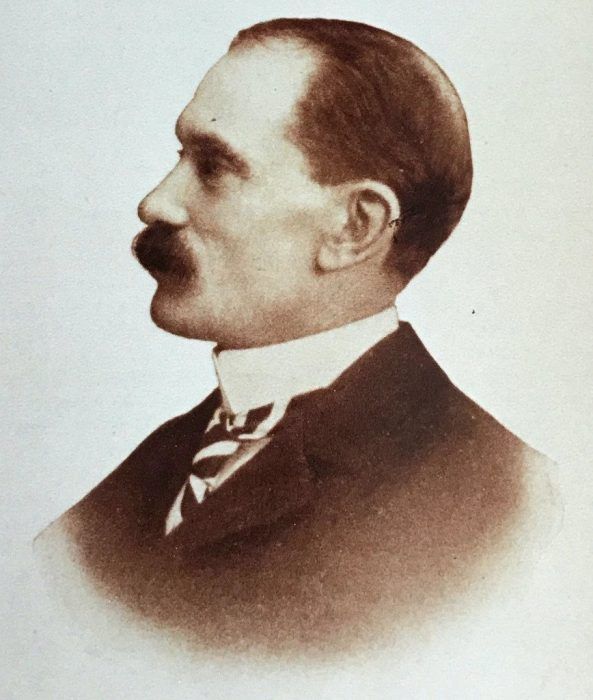Agricultural Hall of Fame

Henry Harris Groff was born in Simcoe in 1853. He displayed an interest in cross-breeding as a young man when he experimented with livestock, poultry, pigeons and rabbits. He turned his attention to flowers and cross-pollinated gladiolus plants in 1890. The results weren’t immediate but he persevered and, in 1895, published a catalogue with gladioli, cannas and clivia seeds.
“For 10 years, Groff laboured quietly and without public notice,” reported Bruce Pearce in Maclean’s, “then came the reward.” In 1901, the Pan-American Exposition was held in Buffalo, New York and Groff entered his best flowers. He stunned the horticultural world when he won a gold medal for the finest floral display and 16 first-place ribbons for his gladioli. After the show, he teamed up with U.S. coal merchant and flower lover Arthur Cowee, who became his US agent. Cowee established a 100-acre farm at Berlin, N.Y., this would become the largest gladiolus farm in the world.
Groff, at his Norfolk Street South house, bred new varieties of gladioli on a large scale. “And the colours!” said a story in The London Advertiser. “Only an artist could begin to describe them. From the purest white, they ramify through innumerable tints and shades, from those with the merest suggestion of pink to the most radiant and glowing scarlets and crimsons to almost black.” By 1914, Groff had sold off his entire collection of gladiolus and narrowed his focus to iris and sweet corn varieties. He worked steadily at his plant breeding until his death in 1933.
The most significant contribution, according to researcher Edwinna von Baeyer, was that Groff’s horticultural fame stemmed from the improvement and hybridizing of one plant – the gladiolus. “Basically he took a despised semi-tropical plant with insignificant flowers and developed it into a magnificent flowering plant (some with waxy blossoms as wide as the human hand), a plant which could adapt itself to almost any climate or soil”.
Agricultural Hall of Fame
- Arthur Loughton (2015)
- Richard Walker (2015)
- Harry B. Barrett (2016)
- Larry Chanda (2016)
- Monroe Landon (2016)
- Andy Zei (2016)
- Ronald Judd (2017)
- David MacLaren (2017)
- St. Williams Forestry Station (2018)
- Hellyer Ginseng (2018)
- Bauke Vogelzang (2018)
- Norfolk Fruit Growers’ Association (2019)
- Ken Porteous (2019)
- David Reid (2019)
- Jim and Mary Field (2020)
- Robert Laning (2020)
- Annie Zaluski (2020)
- Raymond E. Anderson (2022)
- Ag-Awareness Program at the Norfolk County Fair & Horse Show (2022)
- Henry Harris Groff (2022)
- Irene Anderson (2023)
- John Strickler Martin (2023)
- Kernal Peanuts (2023)
- Tom Haskett (2024)
- Jacob Joseph Proracki (2024)

